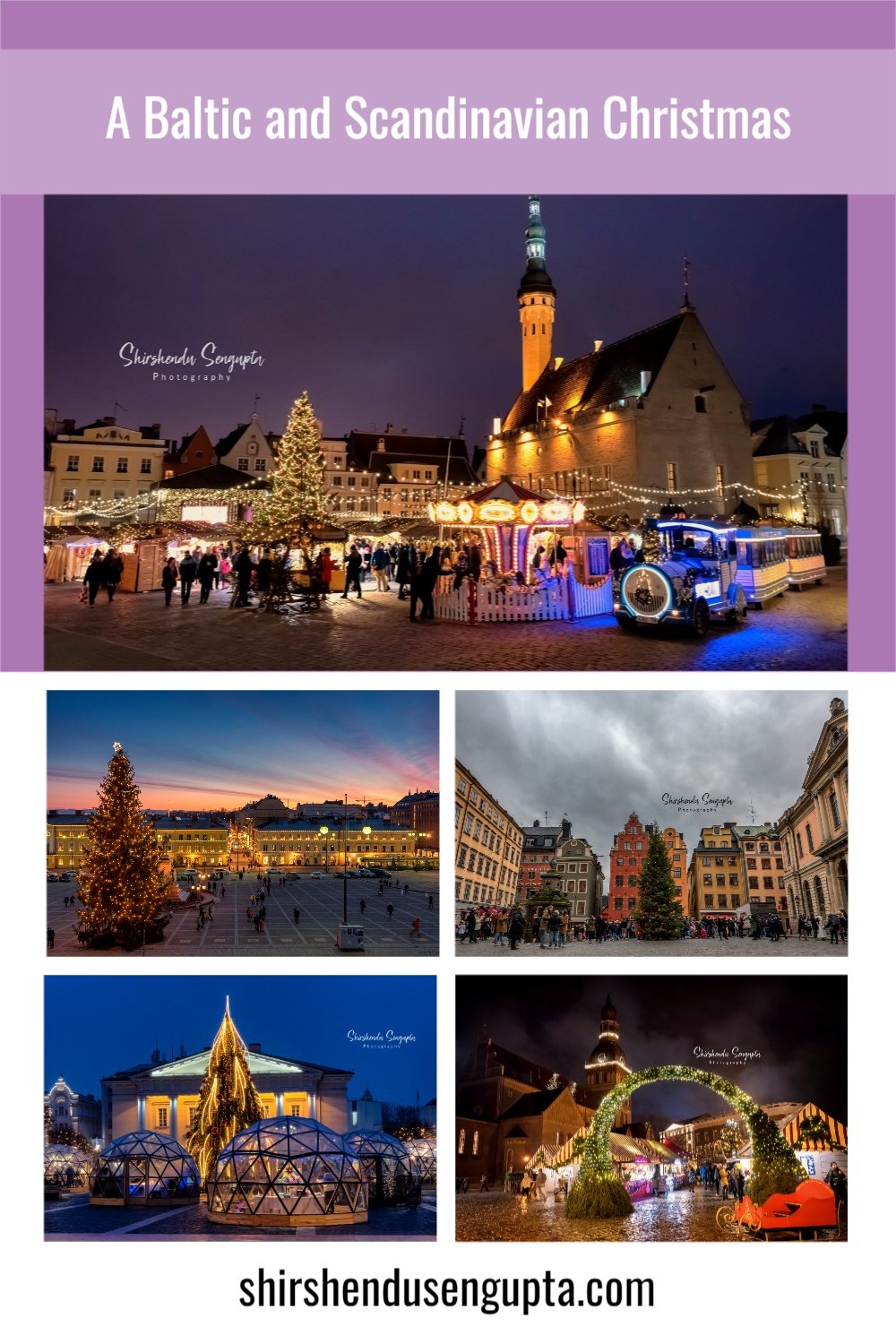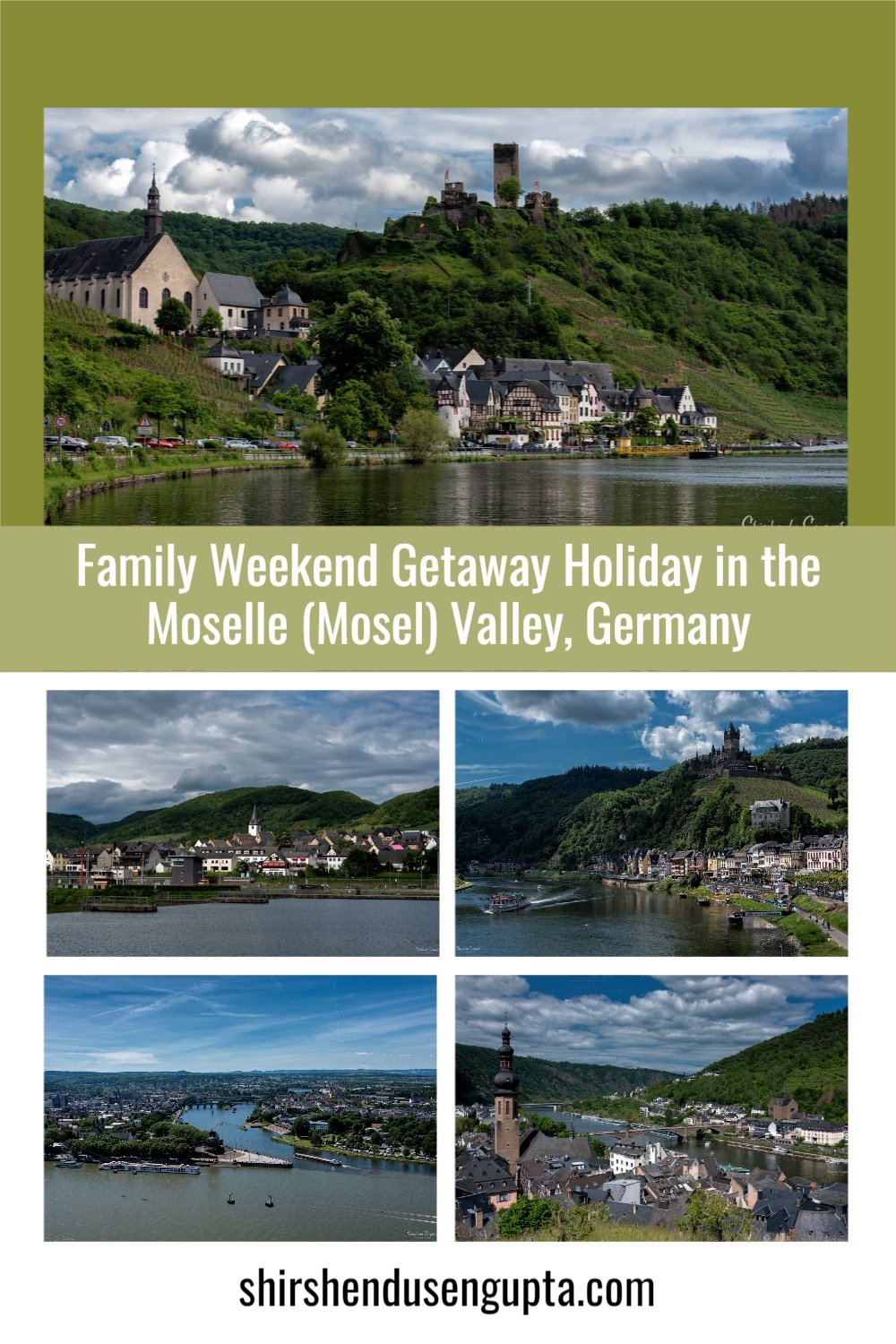Germany Travel
Germany is one of Europe's largest countries, with a diverse environment that includes the steep, vertical mountains of the south, the sandy, rolling plains of the north, the forested hills of the urbanized west, and the agricultural plains of the east. The magnificent east-central city of Berlin, which rose phoenixlike from the ashes of World War II and is now the capital of a reunified Germany after decades of partition, and the Rhine River, which flows northward from Switzerland and is celebrated in visual art, literature, folklore, and song, are at the spiritual heart of the country. Hundreds of medieval castles, churches, picturesque villages, market towns, and centers of learning and culture line its banks and those of its principal tributaries all of which are focal points of Germany's burgeoning tourism industry, which attracts millions of visitors each year drawn by the country's natural beauty, history, culture, and gastronomy (including its renowned wines and beers).
Through this series of articles, I intend to share our stories and experiences of traveling across Germany with our fellow photography and travel enthusiasts. I hope they help you plan your travels across this beautiful country!




Born as a Roman city, renowned as the birthplace of cologne (as in the perfume), and home to the world-famous twin-spired Kölner Dom (Cologne Cathedral) along with twelve other Romanesque churches, the love lock Hohenzollernbrücke (Hohenzollern Bridge), the historic Altstadt (Old Town), Rheinauhafen (Rhine harbor district), museums, murals, festivals like Christmas Markets and Carnival, and a unique local beer (Kölsch) scene, Cologne (Köln in German) serves as the perfect European city break for travelers of any age.